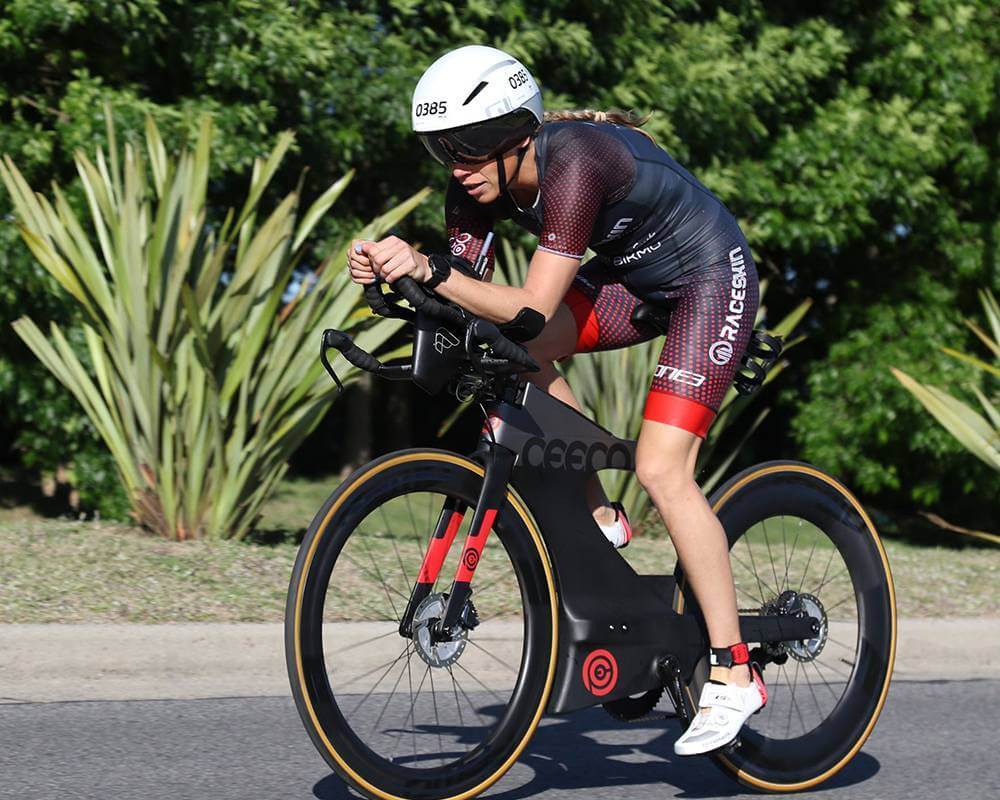
Athletics
How To Build Marginal Gains In Sport Performance
Marginal gains theory is the idea that making small incremental improvements during a process, when added together, will make a significant improvement overall.
1 min read
Published on
January 7, 2021
Written by
EDGE
Share this article
Sir David John Brailsford became the performance director for British Cycling in 2003. Following this, the British cycling team went on to win 60% of the gold medals available in the Beijing Olympic Games in 2008. Four years later the team set nine Olympic records and seven world records. In 2010, Brailsford also became the manager of the new British-based professional cycling team, Team Sky. Whilst undertaking this role, Bradley Wiggins became the first British Cyclist to win the Tour de France. The following year Chris Froome won the race and continued to hold the title in 2015, 2016 and 2017.
Throughout Brailsford’s time with working with British Cycling and Team Sky he followed a strategy that is referred to as ‘marginal gains.’ This philosophy is the idea of searching for a tiny margin of improvement in everything you do. Brailsford explained the idea, stating that: “The whole principle came from the idea that if you break down everything you can think of that goes into riding a bike, and then improve it by 1%, you will get a significant increase when you put them all together.”
WHAT ARE MARGINAL GAINS IN SPORT?
Brailsford and his team of coaches then began to concentrate on making minor alterations to the British cycling team. For example, redesigning the bike seats for additional comfort and rubbing alcohol onto the tires for enhanced grip.
Additionally, they got the riders to wear electrically heated overshorts to maintain ideal muscle temperature and used biofeedback sensors, to analyse how each cyclist responded to a training session. Brailsford continued to develop this theory by finding further ways to improve the team. This included testing a range of massage gels to distinguish which one led to the fastest muscle recovery. Figuring out which type of pillow and mattress led to the best night sleep for each rider and even hiring a surgeon to teach the cyclists the best way to wash their hands to reduce the chances of developing infection. Brailsford’s work with British cycling and Team Sky demonstrated phenomenal success in performance. The concept of marginal gains can be applied to a range of sports at varying levels.
HOW CAN BIOMARKER TESTING HELP WITH MARGINAL GAINS?
Biomarker testing can help with marginal gains as it enables athletes to gain an insight into their own health and fitness. This is seen as a form of making small incremental improvements. The results gained from a biomarker home blood test like those offered by Edge will allow the athlete to see any potential issues or determine if any key biomarkers are outside the normal range.
For example, if there is a drop in the level of hormonal biomarkers, it is often indicated that there is an underlying issue such as chronic under-fuelling. Additionally, it can allow athletes to perform at their peak without having a negative impact on overall health.
This can be achieved by monitoring, which can assess if the athlete has rested sufficiently after a big event or alternately recovered enough after injury or illness, allowing them to train again.
Being able to investigate what is going on in regard to an athlete’s physiology, metabolism, energy expenditure and sweat rates is highly beneficial. In turn this will provide detail on how much energy is being used and assess hydration levels, which will then determine how much is needed to refuel and rehydrate.
Analysing biomarker levels through blood tests is a simple way to gain an insight into an athlete’s nutrient profile. In addition, the Edge app display allows the athlete to compare their levels to the recommended range for their gender and age, but also alongside other Edge users.
Regular blood tests allow the athlete to monitor levels of fatigue, inflammation, muscle damage and the function of the immune system.
The athlete that has used biomarker testing as a form of marginal gains will be making a positive impact to their overall performance.
HOW QUICKLY WILL IMPROVEMENTS BE SEEN?
This depends on the type of gain you are going for. If it’s a mechanical change like a bike fit, or aero helmet, gains can be made almost immediately.
Biomarkers on the other hand can take a while. This is why we recommend retesting every 3 to 4 months to track your progress over a longer period of time. Improving biomarker results such as Vitamin D or B12 can take time. And as such the marginal gains associated with these will too.
Edge’s Ambassadors use our blood tests to gain deeper insights into their health in order to optimise their sport’s performance across a number of disciplines including cycling, triathletes and running.
IN SUMMARY
Marginal gains theory is the aggregation of a number of small gains that result in a large gain in overall performance, which can be significant in terms of achievement and outcomes.
This not only can be applied in a sport setting but used in day to day life too. For example, it is very easy to overestimate the importance of one significant movement and underestimate the value of making small adjustments to improve overall wellbeing on a daily basis.
A common belief is that for goals to be achieved big actions need to be taken. However, making minor adjustments to improve by 1%, is not only easier to make but over time adds up to a lot!
Blood test for
Cyclists
Male & Female Tests
sports doctor review
Results in 2 working days
Flexible subscription
Get 10% off your first order
Want regular tips on how to make the most of your results? Join our newsletter and we'll give you 10% off your order!
